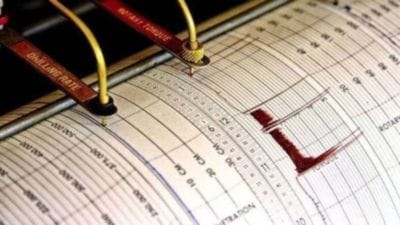Mining vs environment: Uttarakhand yet to find the middle ground
Govt conducted a study in May but does not know how to deal with river aggradation
Days before Uttarakhand was ravaged by rain,the state government had sought assistance of the National Disaster Management Authority (NDMA) to address the problem of high sediment deposits in its rivers that have raised water levels and could cause flash floods.
Faced with the Union Environment and Forests Ministrys reluctance to give approval to mining on riverbeds,the state government conducted a study in May on river aggradation rise in level of land due to sediment deposition and asked the NDMA to come up with solutions.
After the 2012 Uttarakashi floods,we woke up to river aggradation and conducted a study on our own. We studied a particular 15 km stretch and did research from 1900 onwards. Earlier,we used to give contracts to private people to extricate pebbles and stones from riverbeds,but when the ministry put a blanket ban on it,we had to stop it. Still in areas where it was found necessary,we exercised emergency powers. To study its impact we asked NDMA to come up with a solution, said Suneel Kumar Muttoo,states Chief Resident Commissioner.
The issue of riverbed mining is a controversial one with rampant illegal mining on one hand and the state urging the Centre to permit legal sand mining on riverbeds as a means of livelihood on the other. Vijay Bahuguna had in the CMs conference attacked the MoEF,saying its rigid rules were stalling development. The issue is,however,debatable with environmentalists strongly arguing against it.
Dr V C Tiwari of Wadia Institute of Himalayan Geology says the area ravaged is geologically fragile and this was not kept in mind when site selection was done for buildings and power projects. Mining causes the river to change its course and when its flowing fast after rains,it erodes the sides. The damage to mountains alongside is more in areas that are weakened due to mining and with heavy rains even dormant landslides are activated. If mining has to be done,it must be conducted under watch in very small pockets that are not too fragile, said Tiwari.
Ravi Chopra,former member of the National Ganga River Basin Authority and Director,Peoples Science Institute,says that mining of riverbeds pushes up damage potential when the river floods as material from upstream rolls down with ease. Mining disturbs a rivers natural course and forces it to seek a new course,making it dangerously unpredictable,as in the current situation. There is an argument for development,but theres a heavy price to pay for it, Chopra said.
Dr P P Dhyani,Director of G B Pant Institute of Himalayan Environment & Development,adds that illegal mining has increased the width of the riverbed and destabilised mountain slopes,leading to landslides.
The heavily forested state is hard pressed to provide livelihood to its people and generate revenue through tourism. In fact,even as the state witnessed a regime change,the one thing both the BJP and Congress governments agreed on was the need for mining and hydroelectric projects in the interest of development.
Photos



- 01
- 02
- 03
- 04
- 05




























